The Sound Sculptors: 100 Musicians Who Transformed How Humanity Hears
Dinis GuardaAuthor
Thu Nov 13 2025

Explore 4,000 years of organized sound in 'The Sound Sculptors.' From medieval monasteries to Motown, classical cathedrals to jazz clubs, discover the 100 musicians who sculpted humanity's sonic landscape and emotional vocabulary.
From the whitepaper "Top 400 Most Influential Creators Artists of All Time" by Dinis Guarda
When Music Was Magic: The Ancient Voices

For 4,000 years, humanity has been organizing sound into transcendence. Anonymous Sumerian hymn composers created the "Hurrian Hymn to Nikkal" (c. 1400 BCE), the oldest complete musical notation, proof that we've always sought to make the invisible audible.

Terpander (c. 712-645 BCE) standardized the seven-stringed lyre and founded Western musical scales. The Spartans invited him to pacify civic unrest through song, he succeeded. Music as political force began here.
Pythagoras discovered harmonic ratios, proving music is mathematics made audible. His "music of the spheres" argued that planets produce celestial harmony. Western music theory begins with his equations, the cosmos as symphony.
Vedic chanters preserved Sanskrit hymns through rigorous oral transmission, developing sophisticated systems of pitch and microtonal ornamentation that influence Indian classical music today. Memory became monument.
Medieval Prayers: When Heaven Had a Soundtrack (500-1400 CE)

Hildegard von Bingen (1098-1179): Benedictine abbess, mystic, composer whose ethereal chants represent medieval music's peak. She had visions of divine light; her music attempted to capture celestial song. She also wrote medical texts, invented languages, and challenged popes. A true polymath saint who proved women could be prophets.
Léonin and Pérotin at Notre Dame developed polyphony, multiple independent melodic lines, creating Western music's harmonic foundation. Their organum made cathedrals resonate with divine geometry.

Guillaume de Machaut wrote the first complete polyphonic mass setting (Messe de Nostre Dame). He survived the Black Death and documented it in poetry, proving art survives apocalypse.
Renaissance Revolutions: When Music Became Architecture (1400-1600)

Josquin des Prez (c. 1450-1521): Renaissance master whose Masses and motets achieved unprecedented emotional depth. Martin Luther declared, "Josquin is master of the notes; they must do as he wills." His influence on Western counterpoint is incalculable.
Palestrina saved polyphony from Catholic Church censorship by proving sacred music could be both complex and intelligible. His Pope Marcellus Mass became the Counter-Reformation's sonic manifesto.
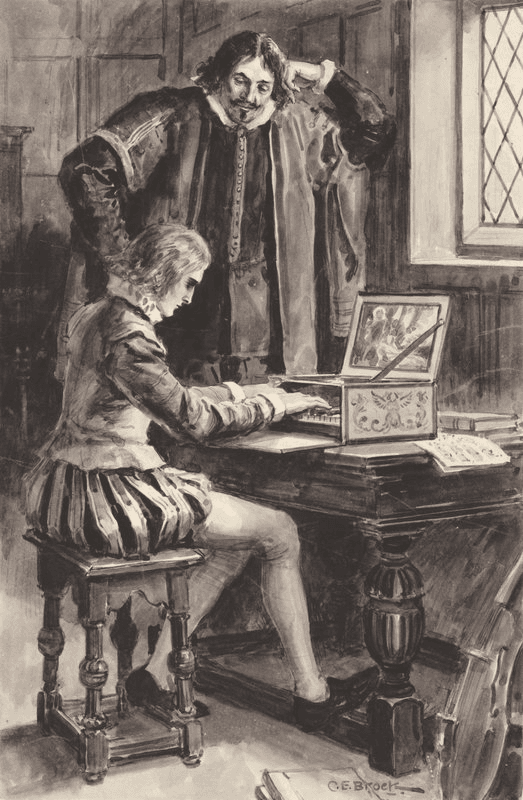
Thomas Tallis served four monarchs (Henry VIII through Elizabeth I), surviving Protestant and Catholic regime changes. His 40-voice motet Spem in alium is Renaissance polyphony's Mount Everest, a cathedral built from voices.
William Byrd, Tallis's student, was a Catholic composing in Protestant England. He and Tallis held a monopoly on music publishing, controlling sound itself.
The Baroque Masters: When Music Became Emotion (1600-1750)
Monteverdi (1567-1643) invented opera as we know it (L'Orfeo, 1607). His stile concitato (agitated style) made music explicitly emotional rather than merely beautiful, rage and war rendered in rapid notes.
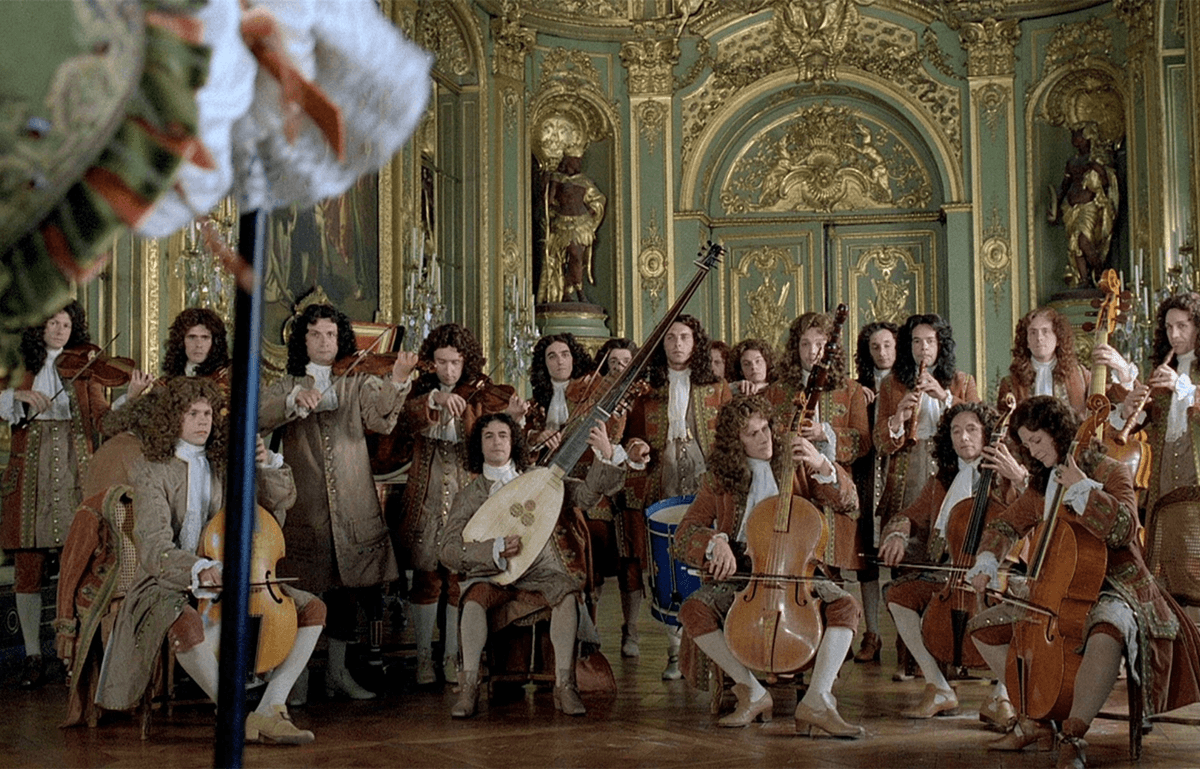
Lully defined French Baroque at Louis XIV's court. He died from gangrene after stabbing his foot with the staff he used to pound the floor while conducting. Death by conducting.
Purcell (1659-1695): England's greatest Baroque composer, whose Dido and Aeneas contains opera's most heartbreaking aria ("When I am laid in earth"). Dead at 36, Britain didn't produce another composer of his stature for 200 years.
Vivaldi (1678-1741): "The Red Priest" wrote over 500 concertos, including The Four Seasons, Baroque music's greatest hits. He ran an orphanage for girls, trained them as virtuosos, composed for their concerts. He died forgotten and penniless; J.S. Bach's championing resurrected him.

Johann Sebastian Bach (1685-1750): The Old Testament of Western music. Orphaned at 10, he walked 280 miles to hear Buxtehude play organ. He fathered 20 children (10 survived) and produced over 1,000 compositions that represent Baroque counterpoint's ultimate achievement. Forgotten after death, rediscovered by Mendelssohn in 1829, he's now recognized as music's supreme architect. His Well-Tempered Clavier, Mass in B Minor, and Goldberg Variations are Western civilization's sonic cathedrals.
Handel (1685-1759): Bach's contemporary who took the opposite path, international opera star, English celebrity. His Messiah (1741), especially the "Hallelujah" chorus, became Christianity's greatest musical monument. He went blind yet continued composing by dictation.
Classical Crystallisation: When Music Became Form (1750-1820)
Haydn (1732-1809): "Father of the Symphony," who standardized the four-movement structure and wrote 104 symphonies. He invented Classical style's architectural principles, music as mathematical beauty.

Wolfgang Amadeus Mozart (1756-1791): Child prodigy who performed for royalty at 6, composed over 600 works, died at 35. His operas (Don Giovanni, The Marriage of Figaro, The Magic Flute), symphonies, and Requiem (unfinished at death) achieve melodic perfection never surpassed. He made difficulty sound effortless, complexity feel inevitable. Beethoven said: "I shall never be able to do such a thing."

Ludwig van Beethoven (1770-1827): The titan who broke Classicism and birthed Romanticism. Deaf by his 40s, he composed his greatest works, including the Ninth Symphony with its "Ode to Joy" chorus, in total silence, hearing only through inner vision. His 32 piano sonatas, 16 string quartets, and 9 symphonies expanded music's emotional range from pastoral serenity to apocalyptic rage. The funeral procession attracted 20,000 mourners. Western music divides into two epochs: before and after Beethoven.
Romantic Rebellion: When Music Became Autobiography (1820-1900)
Schubert (1797-1828): Shy, impoverished composer who died at 31 from syphilis, leaving over 600 Lieder (art songs) and the sublime Unfinished Symphony. His music makes loneliness beautiful.
Berlioz (1803-1869): Romantic revolutionary whose Symphonie Fantastique (1830) depicted opium-induced visions, guillotine execution and witches' sabbath. His massive Requiem requires four brass bands at cardinal points. Wagner called him "a musical Columbus."
Mendelssohn (1809-1847): Child prodigy who rediscovered Bach's St. Matthew Passion (1829), resurrecting the Baroque master's reputation. Died at 38 from stroke, possibly grief-accelerated after his sister Fanny's death.
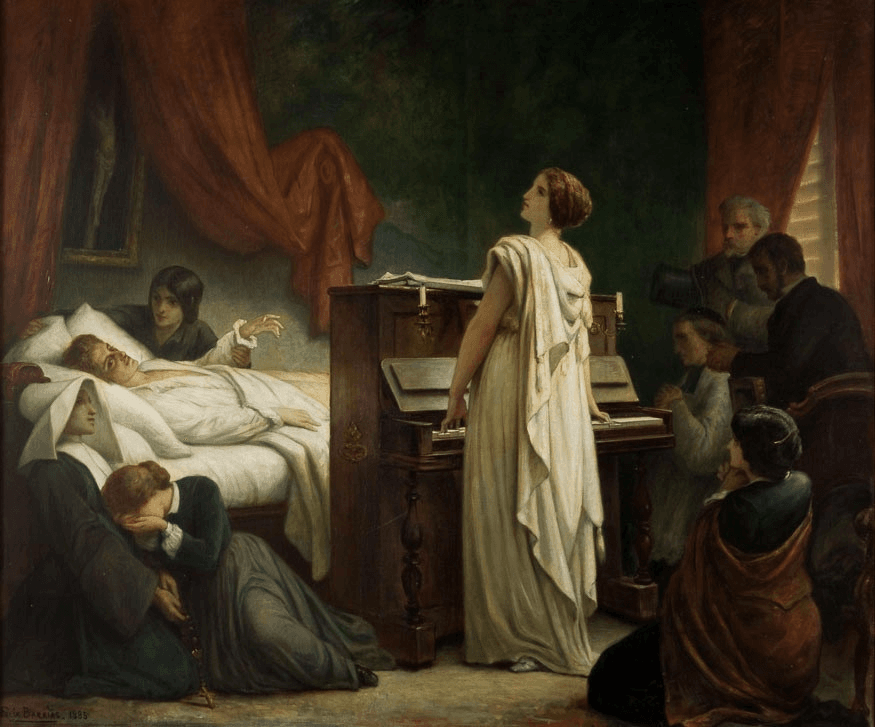
Chopin (1810-1849): Poet of the piano who transformed salon music into profound statements. His nocturnes, études, and polonaises expressed Polish nationalism from Parisian exile. Tubercular, he weighed 90 pounds at death. His heart was smuggled into Poland and sealed in a Warsaw church pillar, where it remains.
Schumann (1810-1856): Mental illness drove him to attempt suicide by drowning. Committed to asylum, he starved himself to death at 46. His piano cycles and songs channel mania and depression into music.
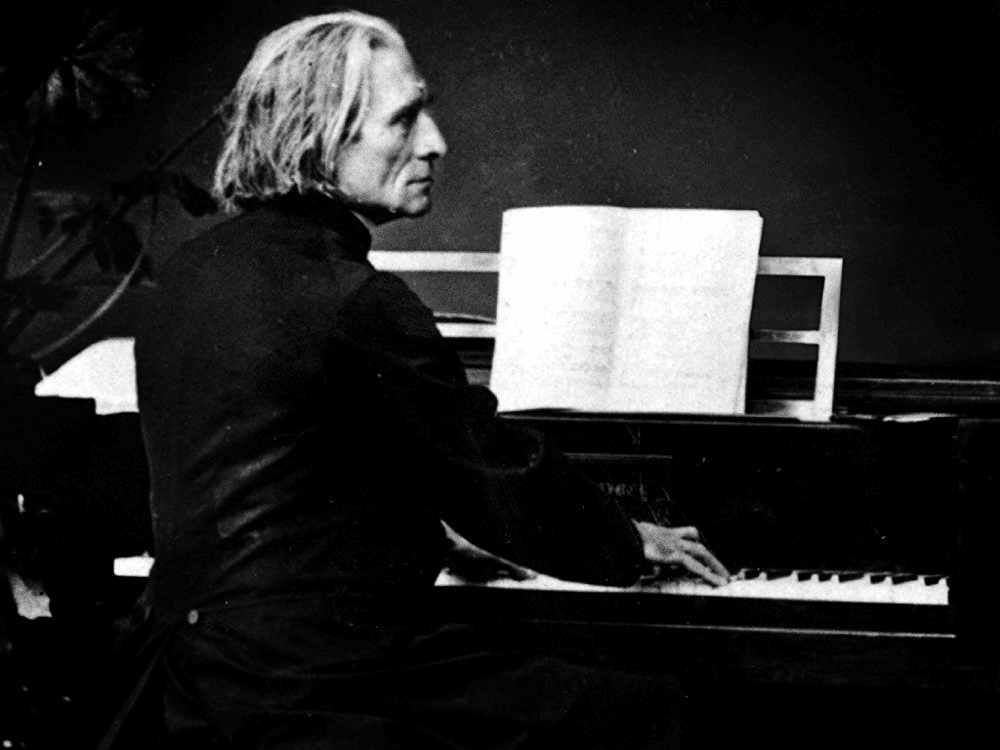
Liszt (1811-1886): Piano virtuoso whose performances caused "Lisztomania", women fainted, fought for his handkerchiefs, treasured his cigar butts. He invented the solo piano recital and modern piano technique. Later became an abbé while continuing affairs. He taught for free, supported countless musicians, genius spread through generosity.
Richard Wagner (1813-1883): Megalomaniac genius who wrote his own libretti, built his own theater (Bayreuth), created Gesamtkunstwerk (total artwork) through 15+ hour operas (The Ring Cycle). Antisemitic, egotistical, he nonetheless revolutionized harmony, the Tristan chord suspends resolution indefinitely. Loved and loathed equally, music's most problematic titan.
Verdi (1813-1901): Italian opera's king (Rigoletto, La Traviata, Aida). "Viva Verdi!" was code for Italian unification. He outlived Wagner by 18 years, dying at 87 as Italy's national treasure.
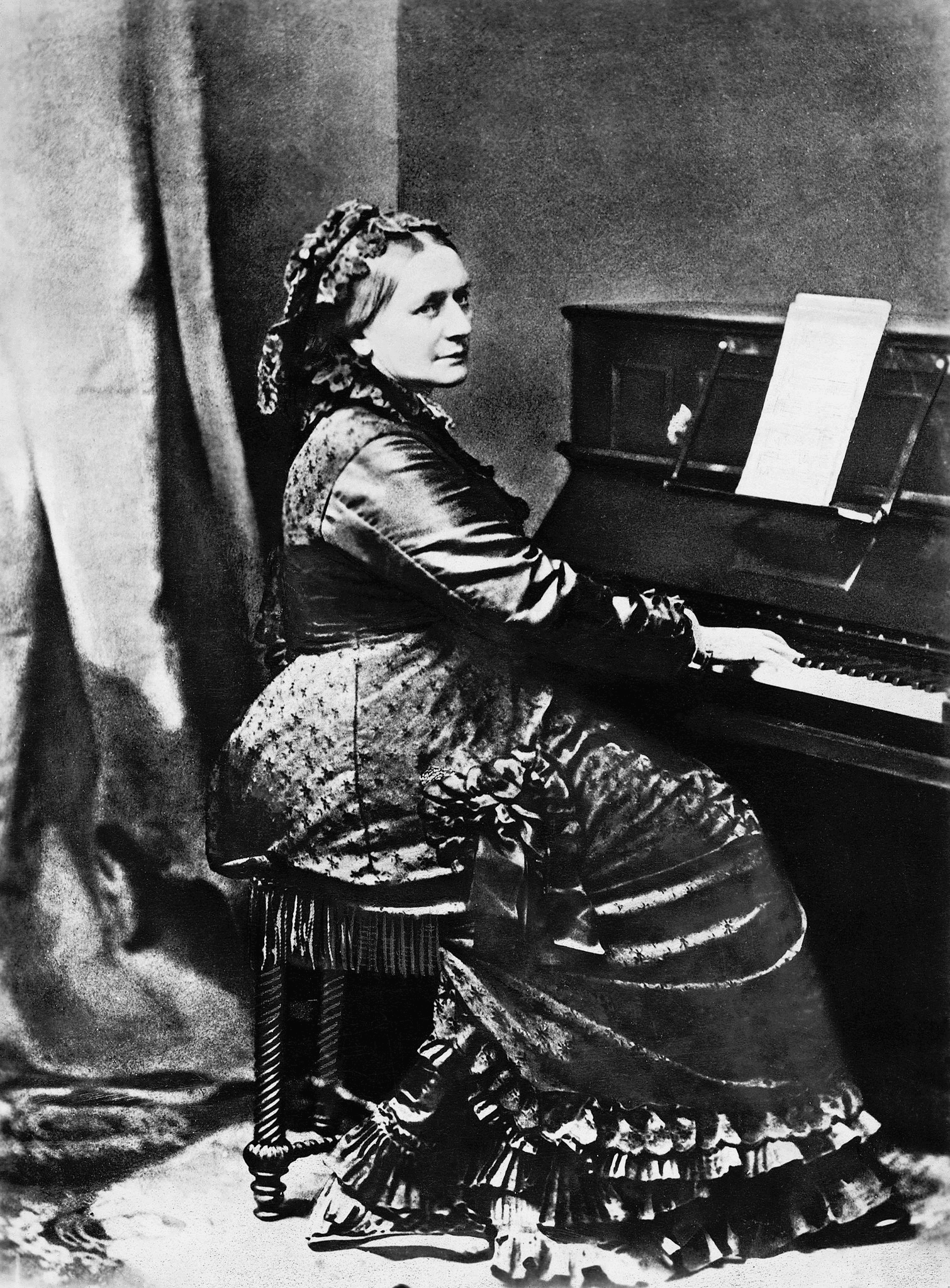
Clara Schumann (1819-1896): Piano virtuoso who premiered husband Robert's works while raising 8 children. After Robert's death, she supported the family through 60 years of concert tours. Brahms fell in love with her; she kept him at bay while maintaining lifelong friendship. One of the 19th century's greatest pianists, her compositions only recently receiving deserved recognition.
Brahms (1833-1897): Beethoven's heir who waited until 43 to complete his First Symphony (critics called it "Beethoven's Tenth"). Bearded, bourgeois, he never married, loved Clara Schumann from distance. Conservative in form, radical in feeling.
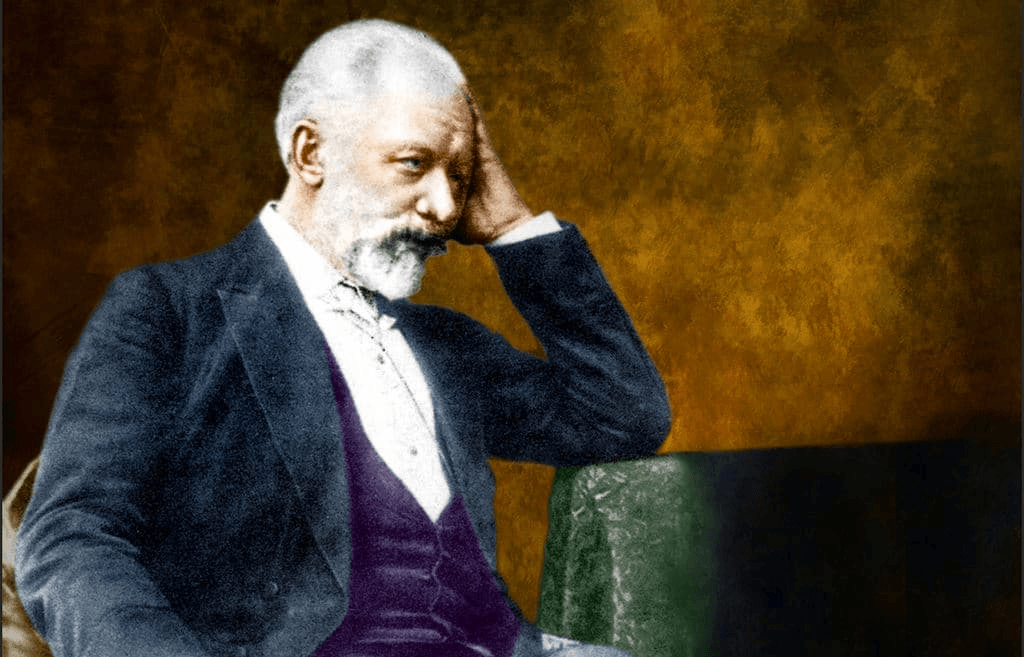
Tchaikovsky (1840-1893): Tormented homosexual whose ballets (Swan Lake, The Nutcracker), symphonies, and 1812 Overture (with actual cannons) made him Russia's most beloved composer. He died mysteriously at 53, possibly suicide. His music's emotional intensity reflects inner turmoil between public persona and private truth.
Dvořák (1841-1904): Czech nationalist whose New World Symphony (written during American residency) incorporated Native American and African American melodies, envisioning American classical music's future. He championed marginalized musics while celebrating Bohemian folk traditions.
Mahler (1860-1911): Austrian-Jewish conductor-composer whose nine symphonies are vast cosmos-spanning narratives. Das Lied von der Erde sets Chinese poetry to unbearable beauty. He died of bacterial endocarditis at 50. The 20th century vindicated his prophetic modernism.
Debussy (1862-1918): Impressionist who dissolved tonality into shimmering colors. Prelude to the Afternoon of a Faun (1894) changed music history, Boulez called it "the beginning of modern music." He rejected Wagner, championed sensual ambiguity.
Modern Mutations: When Music Fragmented (1900-1950)
Scott Joplin (1868-1917): "King of Ragtime" whose Maple Leaf Rag pioneered African American classical music. He died in mental institution from syphilis-induced dementia. 1970s ragtime revival made him posthumously famous, 60 years too late.
Ravel (1875-1937): French master whose Boléro is music's most famous crescendo (15 minutes of obsessive repetition). A car accident (1932) caused brain damage; he lost ability to compose, trapped in living death for five years.
Bartók (1881-1945): Hungarian ethnomusicologist who collected thousands of Eastern European folk songs. His string quartets are the 20th century's most uncompromising. He fled Nazis for New York, died of leukemia in poverty.

Stravinsky (1882-1971): Chameleonic modernist whose Rite of Spring (1913) caused a riot at its Paris premiere. He reinvented himself repeatedly: Russian nationalist, neoclassicist, finally serialist. His Firebird, Petrushka, Symphony of Psalms span stylistic universes. He lived to 88, influencing everyone.
Gershwin (1898-1937): American genius who fused jazz, blues, and classical. Rhapsody in Blue (1924) and Porgy and Bess created distinctively American concert music. Brain tumor killed him at 38, mid-career, mid-genius.
Copland (1900-1990): Composer of "American sound": Appalachian Spring, Rodeo, Fanfare for the Common Man. He made concert music populist without condescension, investigated by McCarthy for Communist ties but surviving to become elder statesman at 90.
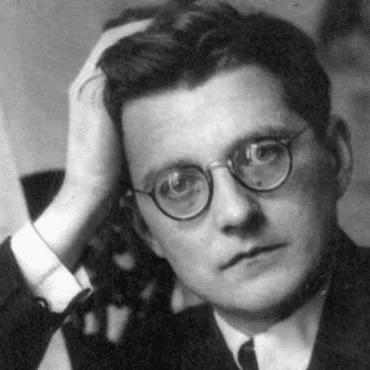
Shostakovich (1906-1975): Soviet genius whose 15 symphonies testify to life under totalitarianism. His Fifth Symphony (1937) premiered as Stalin's Terror raged, forced optimism or subversive irony? Condemned repeatedly, he learned to speak in codes. His Eighth Quartet quotes his musical signature, autobiography in chamber music.
Messiaen (1908-1992): Catholic mystic who transcribed birdsongs into modernist compositions. His Quartet for the End of Time (1941), written in Nazi POW camp, envisions apocalypse. He taught Boulez, Stockhausen, made faith modern.

Cage (1912-1992): Conceptual composer who wrote 4'33", four minutes thirty-three seconds of "silence" (actually ambient sound). His prepared piano pieces and chance operations demolished boundaries between music and noise. He redefined what music could be.
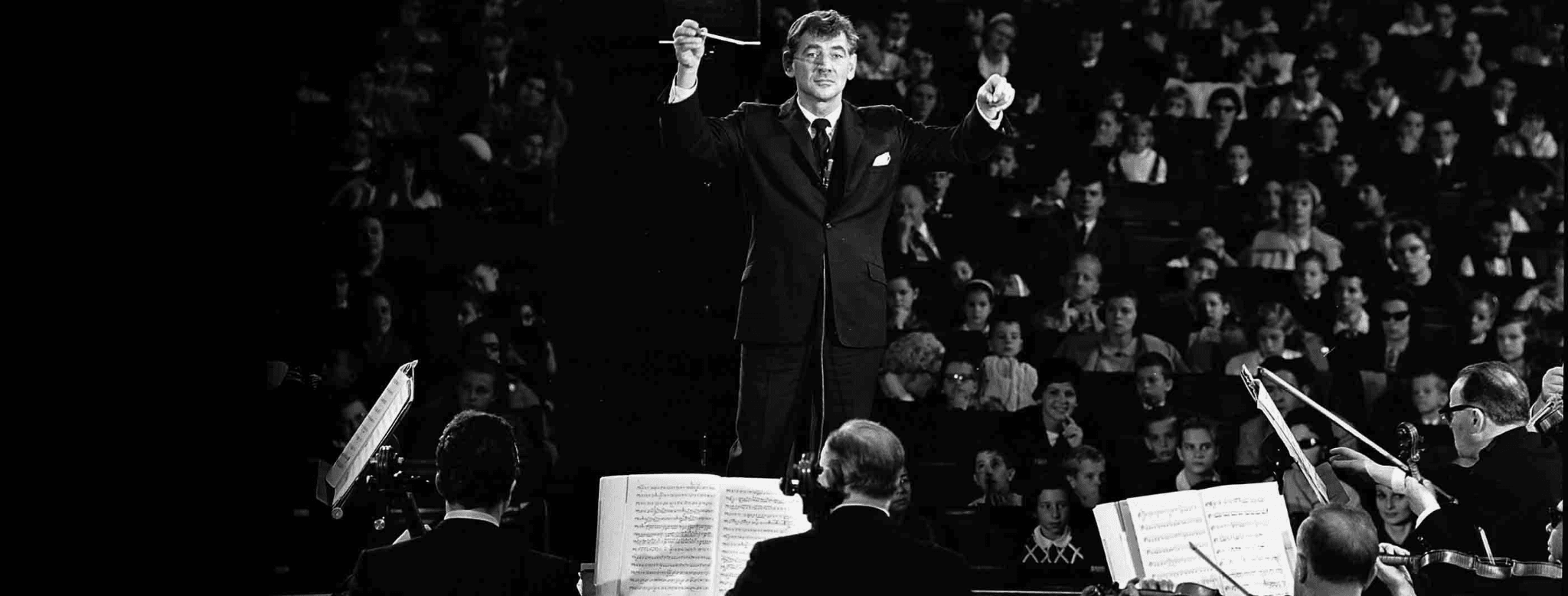
Bernstein (1918-1990): Conductor, composer, educator, star. West Side Story brought Shakespeare to New York streets; his Young People's Concerts educated television audiences. Bisexual, charismatic, he lived publicly, conducting until emphysema claimed him at 72.
The Popular Explosion: When Music Became Democracy (1920–2000)
The Jazz Revolution (1920s–1950s)

Louis Armstrong (1901–1971): Jazz’s founding voice. From New Orleans poverty to global fame, his trumpet and gravelly vocals defined the first golden age. He turned improvisation into art.
Duke Ellington (1899–1974): The orchestra was his instrument. With Mood Indigo and Take the A Train, he elevated jazz to high art, composing over 3,000 songs. He never retired, creating until his last breath.

Billie Holiday (1915–1959): “Lady Day,” whose phrasing transformed jazz singing. Strange Fruit, her haunting protest against lynching, became a civil rights anthem. Heroin addiction and persecution ended her life at 44, her voice still haunts eternity.
Charlie Parker (1920–1955):“Bird,” the architect of bebop. His alto sax solos rewrote jazz. Addiction ravaged him; he died at 34, though his music remains sacred scripture for jazz musicians.
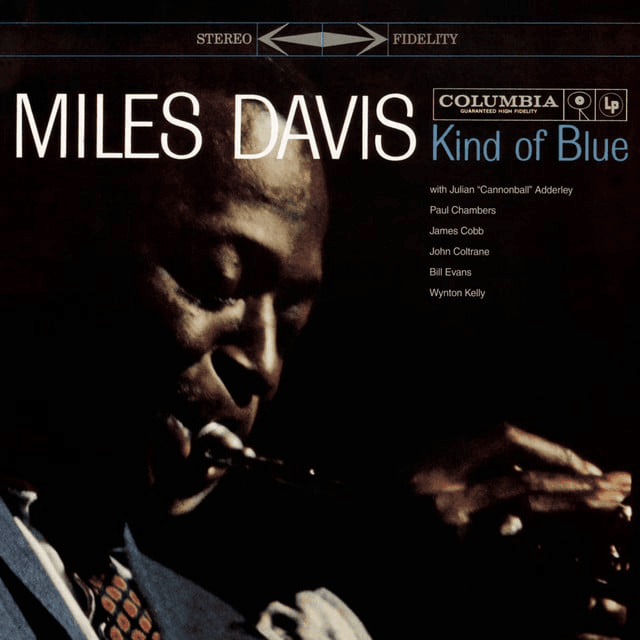
Miles Davis (1926–1991): The restless innovator of cool jazz, hard bop, modal, and fusion. Kind of Blue (1959) remains the best-selling jazz album ever. He never looked back and never stopped changing.
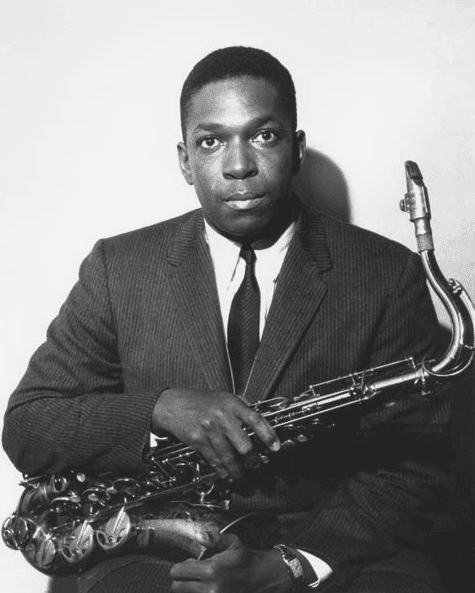
John Coltrane (1926–1967): The mystic. A Love Supreme (1965) turned music into spiritual transcendence. His “sheets of sound” pushed the limits of expression before liver cancer claimed him at 40.
Country, Folk & American Poetry
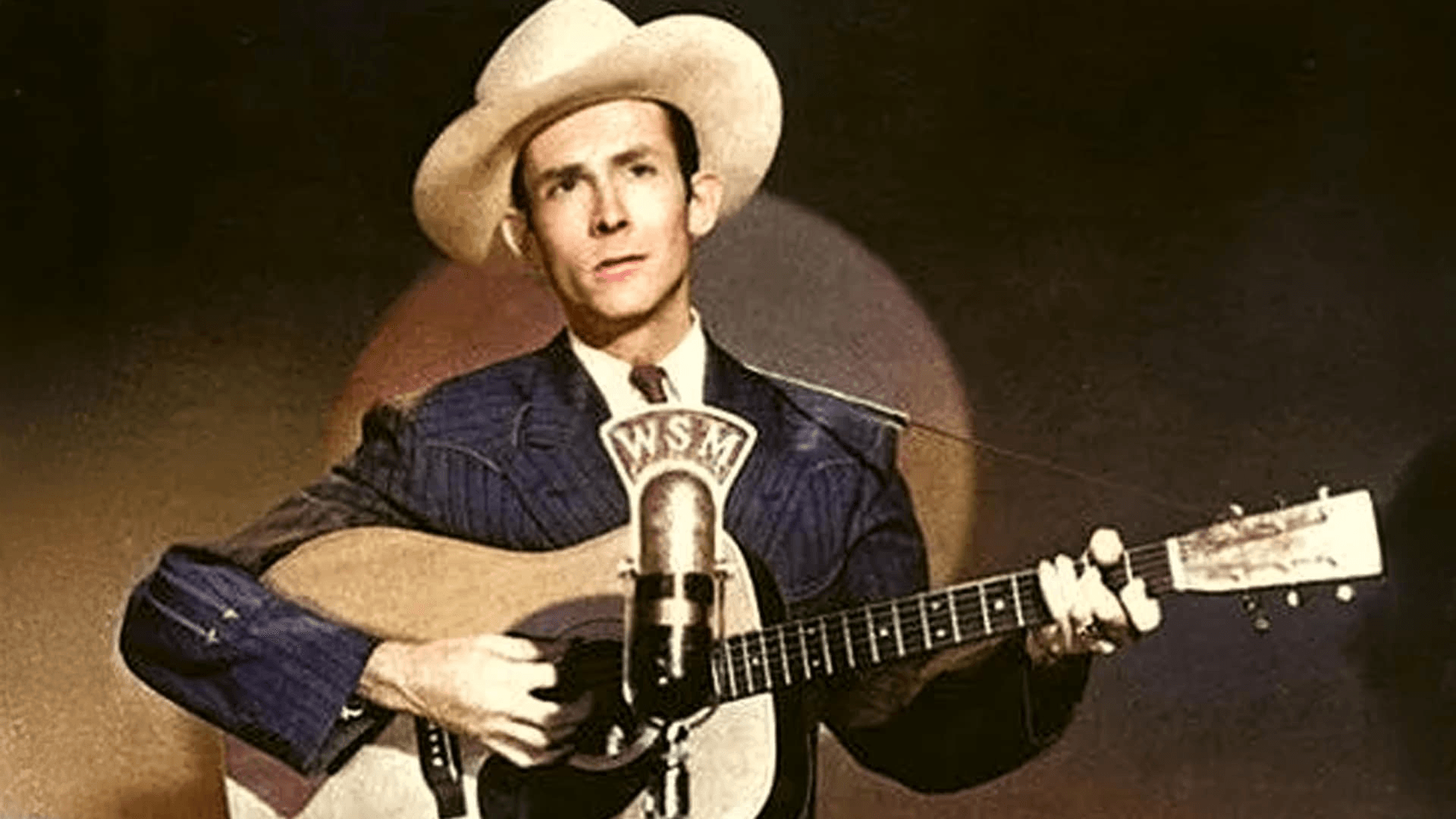
Hank Williams (1923–1953): Country’s Shakespeare. Your Cheatin’ Heart and I’m So Lonesome I Could Cry turned heartbreak into poetry. He died at 29 in the back of a Cadillac, his songs immortal.
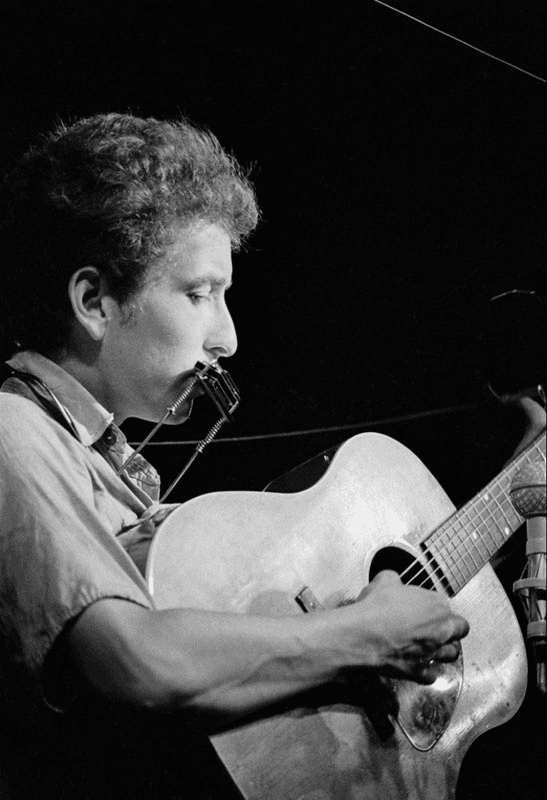
Bob Dylan (1941–present) : The folk prophet who “went electric.” The Times They Are a-Changin’ and Like a Rolling Stone made rock literature. A Nobel Prize (2016) confirmed it, Shakespeare with a harmonica.
The Rock ’n’ Roll Revolution (1950s–1970s)
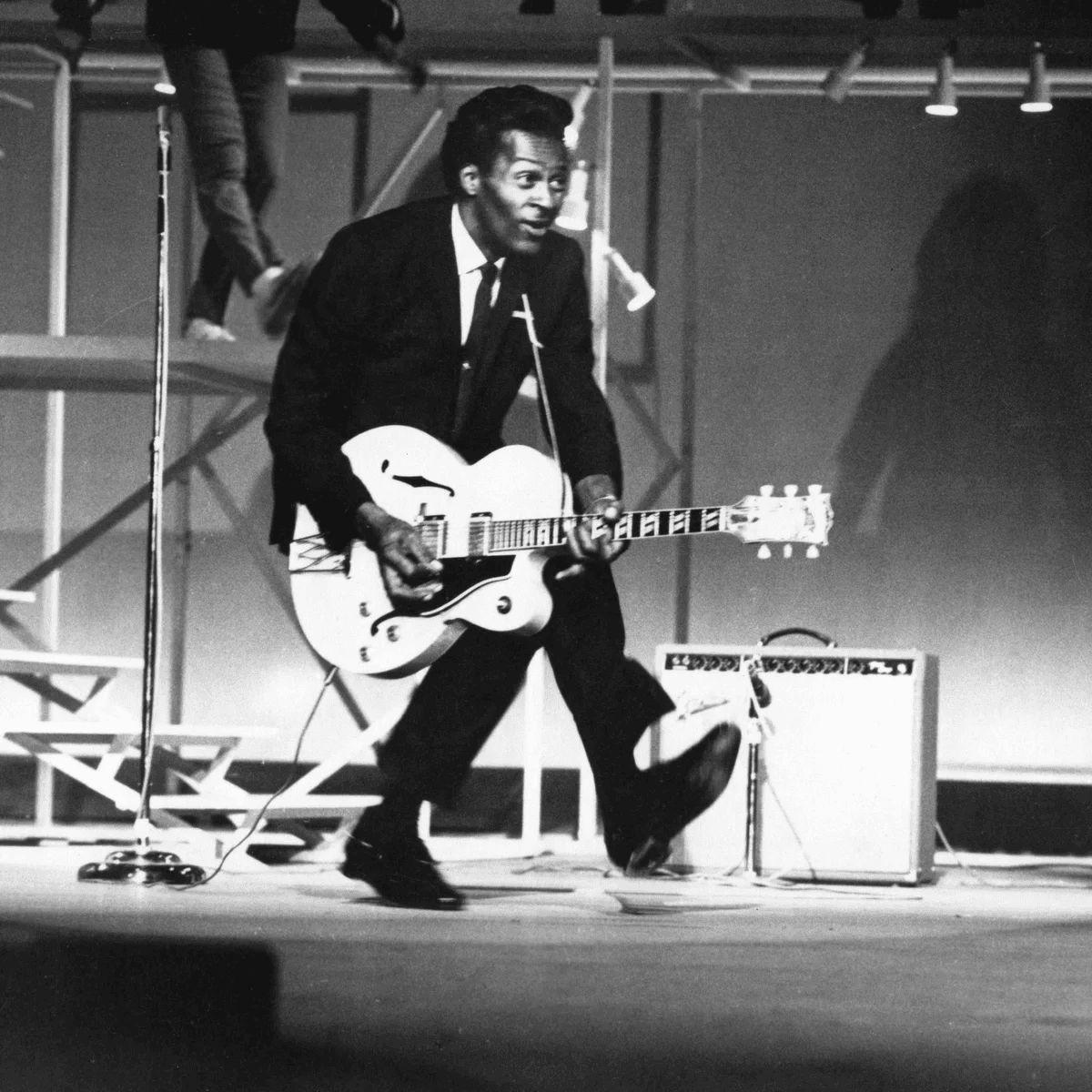
Chuck Berry (1926–2017) : Architect of rock and roll. His riffs (Johnny B. Goode, Roll Over Beethoven) built the genre’s foundation. Lennon said: “If you tried to give rock and roll another name, you might call it Chuck Berry.”
Little Richard (1932–2020): The flamboyant originator. Tutti Frutti, Long Tall Sally, pure joy in two minutes. A gospel-rock pioneer and queer icon who lived his contradictions loudly.
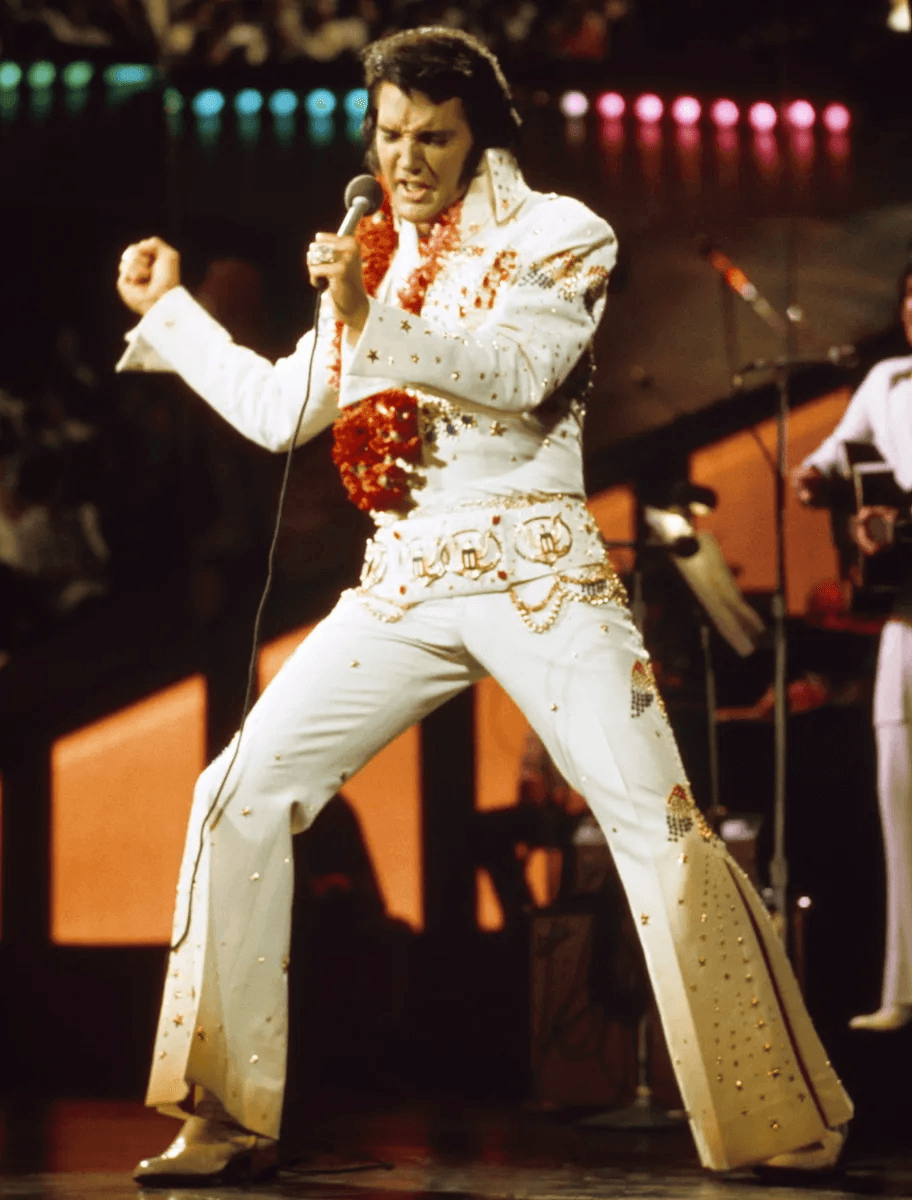
Elvis Presley (1935–1977) :The King. He brought Black music to white audiences and became the 20th century’s biggest star. Addiction took him at 42, but Graceland still draws 600,000 visitors a year.

The Beatles (1960–1970): Four working-class boys from Liverpool who changed everything. From Please Please Me to Abbey Road, they evolved faster than any band in history. They remain music’s Everest.
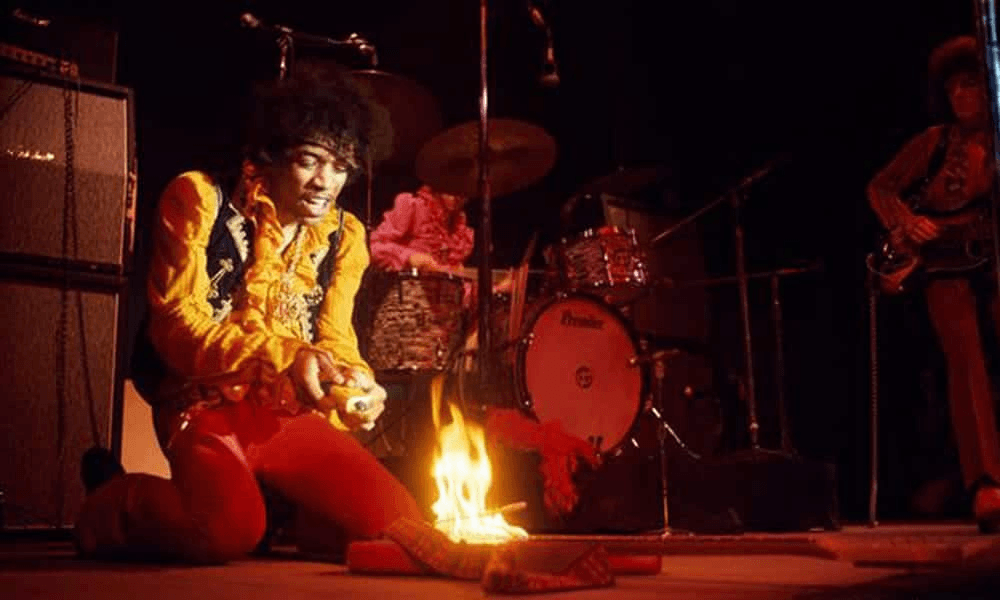
Jimi Hendrix (1942–1970) : The left-handed genius who played right-handed guitar upside down, then set it on fire. The Star-Spangled Banner at Woodstock defined an era. Dead at 27; immortal in sound.
Janis Joplin (1943–1970): The blues-rock banshee. Piece of My Heart, Me and Bobby McGee, her voice was whiskey and thunder. Died of overdose two weeks after Hendrix.
Soul, Funk & the Sound of Freedom (1960s–1980s)

Bob Marley (1945–1981) : The reggae prophet. No Woman, No Cry, Redemption Song, spiritual revolution as groove. Died at 36; his legend only grows.
Ray Charles (1930–2004) : “The Genius.” Blind at seven, he fused gospel, blues, and country into soul. After quitting heroin in 1965, he lived and created for decades more.
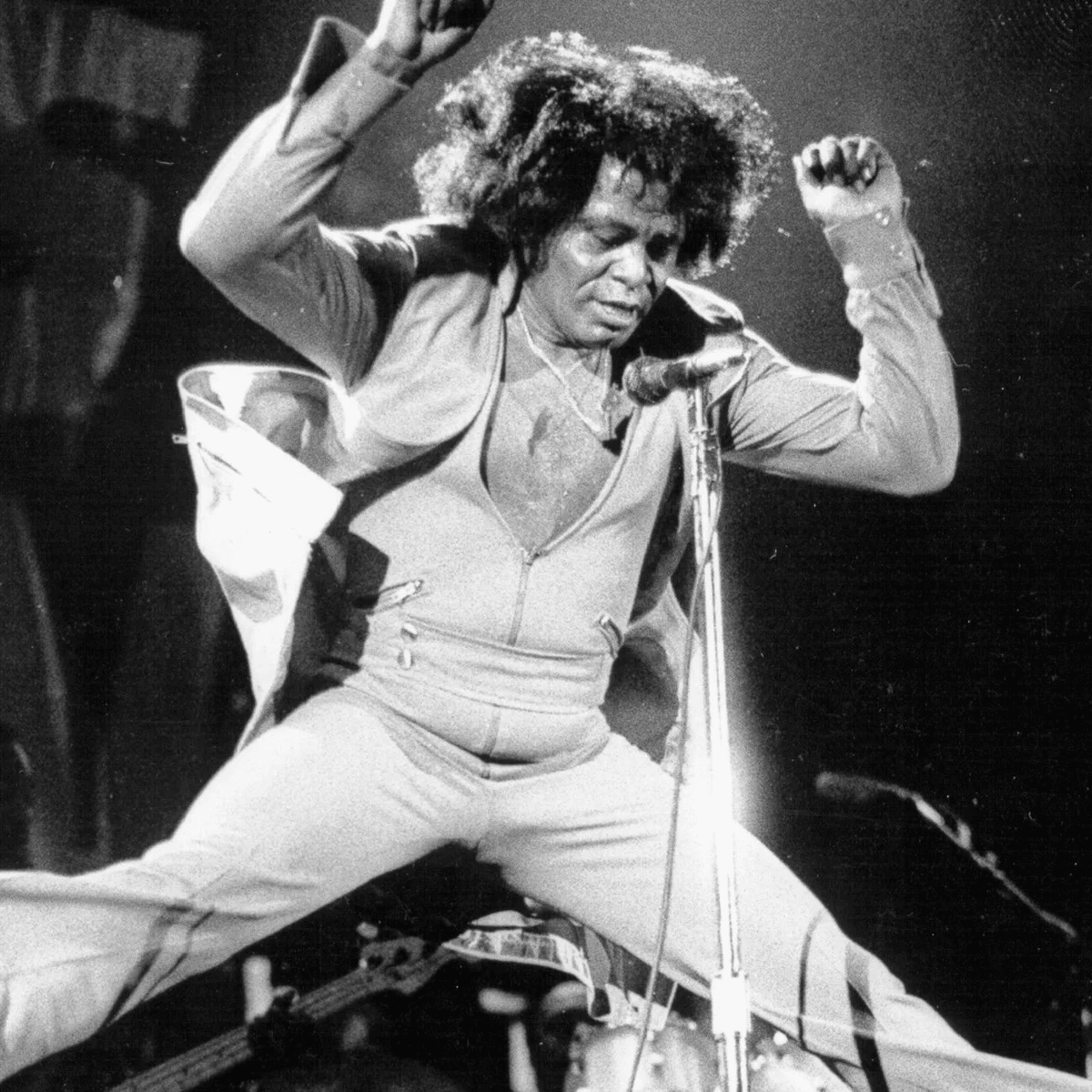
James Brown (1933–2006) : “The Godfather of Soul.” His funk rhythms (I Got You, Papa’s Got a Brand New Bag) reprogrammed music. Hip-hop’s DNA runs through him.

Aretha Franklin (1942–2018) : “The Queen of Soul.” Respect became an anthem of feminism and civil rights. Eighteen Grammys, a Presidential Medal of Freedom, her voice was America itself.

Stevie Wonder (1950–present): The child prodigy who gave soul its conscience. Songs in the Key of Life and Innervisions turned Motown into a message.
Pop Royalty & Revolution (1980s–2000s)
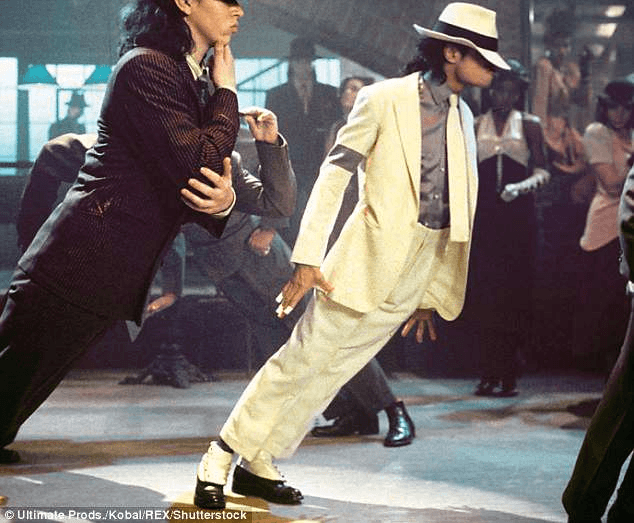
Michael Jackson (1958–2009): “The King of Pop.” Thriller (1982) became the best-selling album ever. His moonwalk broke barriers , his death broke hearts.

Madonna (1958–present) : “The Queen of Pop.” From Like a Virgin to Ray of Light, she mastered reinvention. She proved women could own the stage, and their stories.
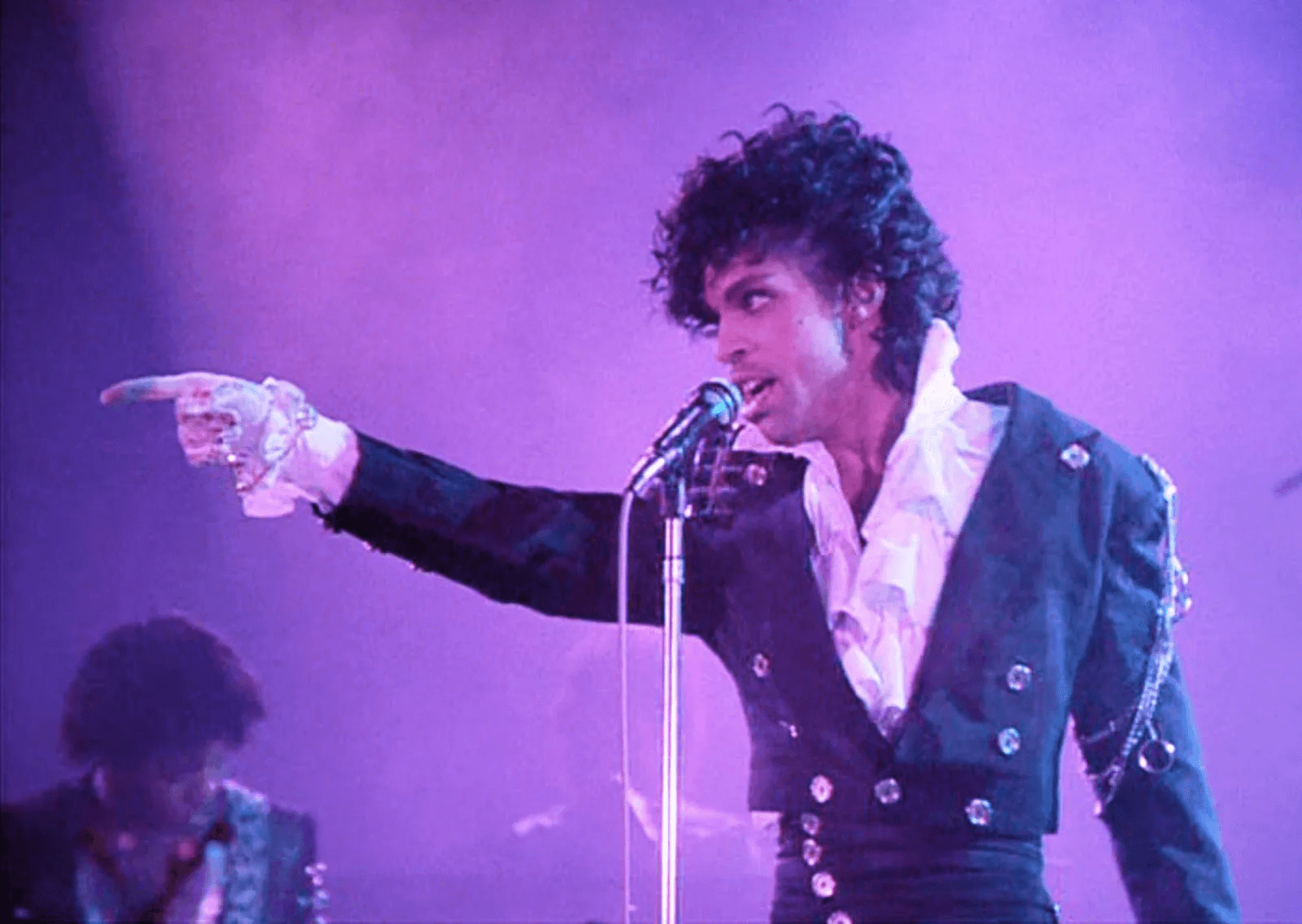
Prince (1958–2016) : The purple prodigy. Purple Rain, Kiss, When Doves Cry, and 27 instruments. He blurred lines of gender, genre, and genius.
Hip-Hop, Grunge & Beyond (1980s–Present)
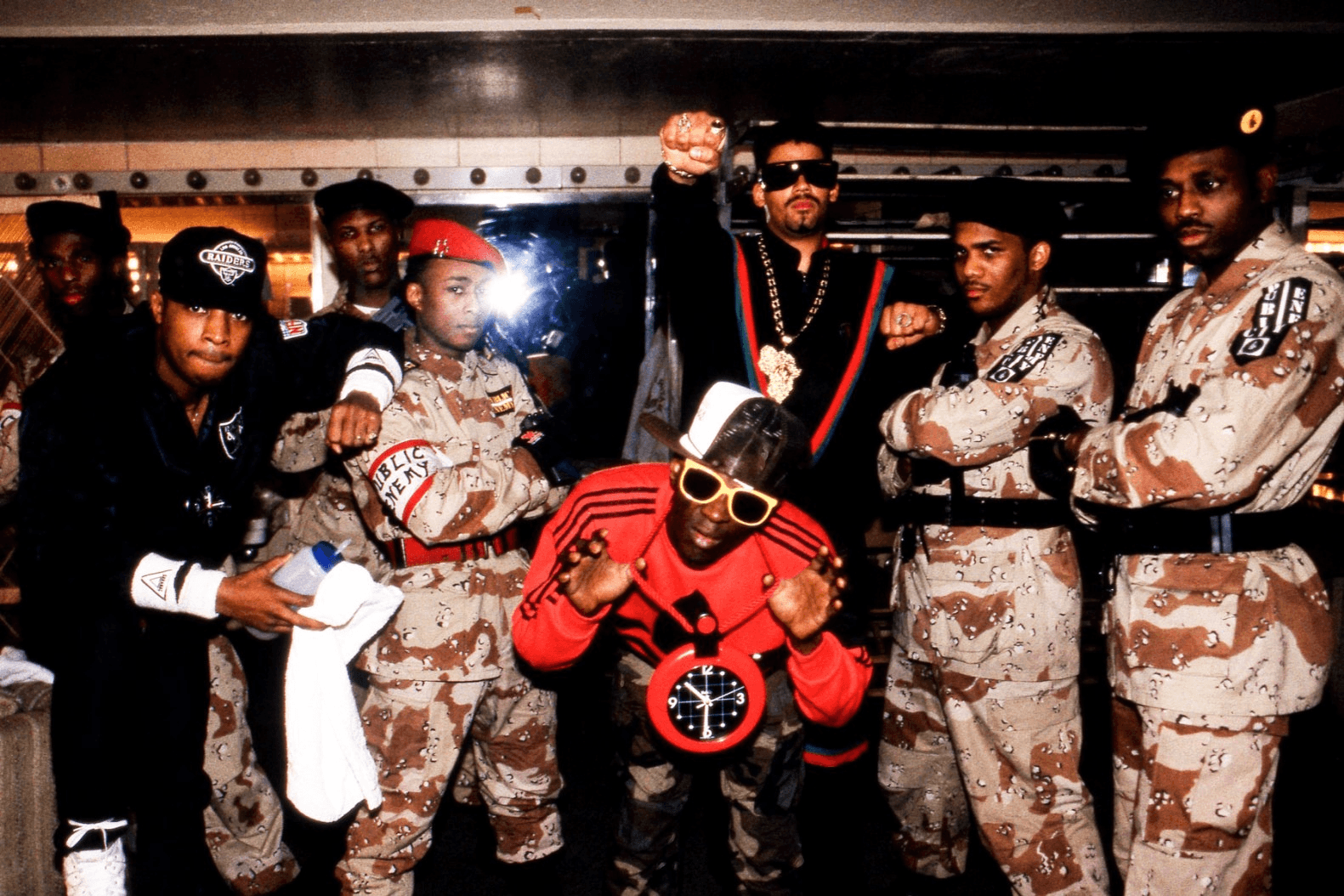
Public Enemy (1985–present) : Rap revolutionaries. It Takes a Nation of Millions to Hold Us Back turned hip-hop into political art.
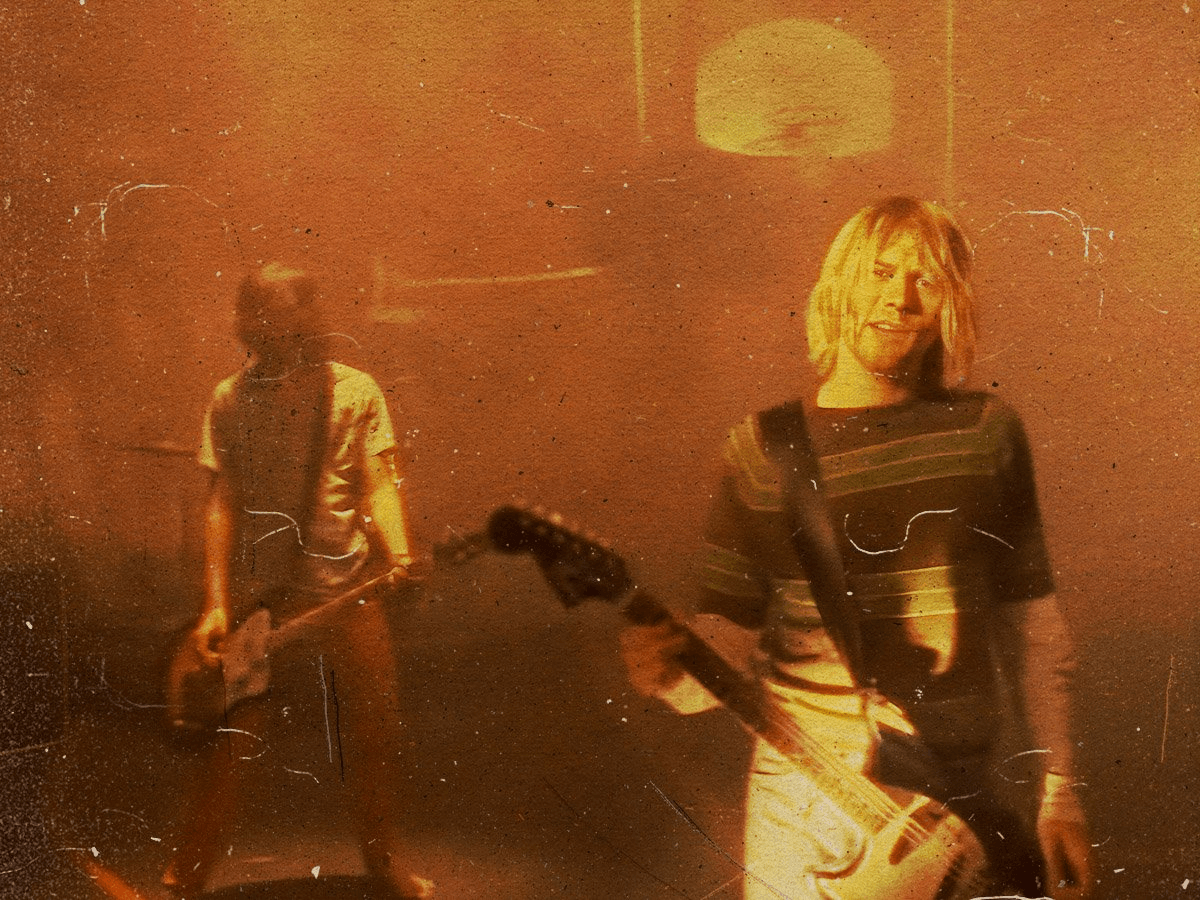
Nirvana (1987–1994): Grunge icons. Nevermind and Smells Like Teen Spirit shattered ‘80s excess. Cobain’s death at 27 ended a generation’s voice.
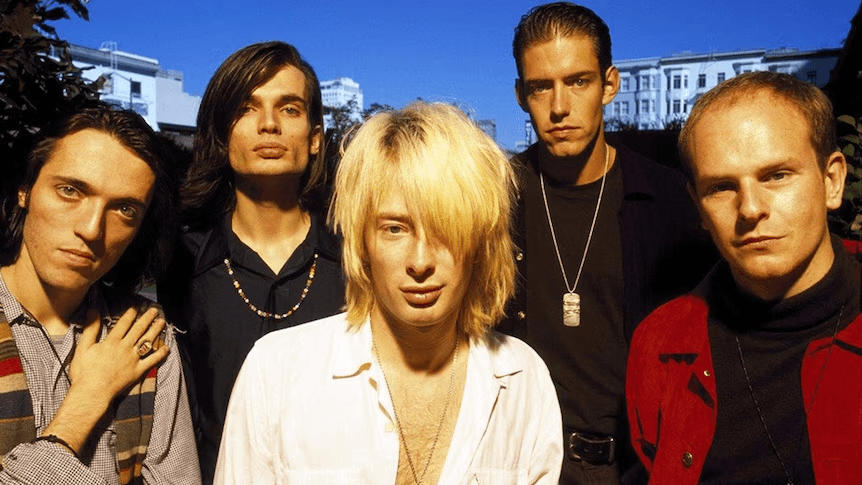
Radiohead (1985–present): The futurists. OK Computer and Kid A reinvented rock as digital existentialism.
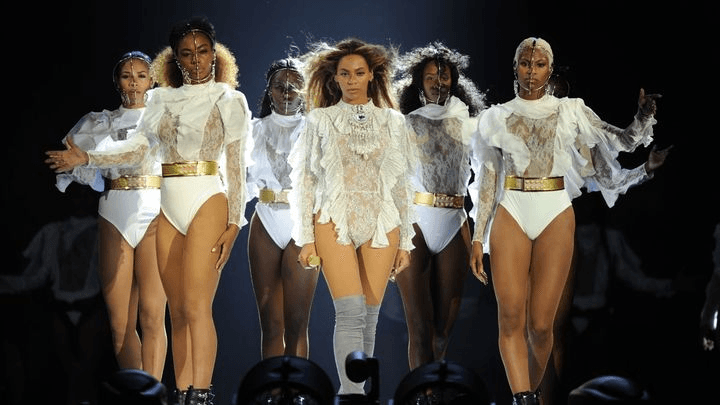
Beyoncé (1981–present): The modern empress. Lemonade made Black womanhood high art. Still redefining what pop can mean.

Kendrick Lamar (1987–present): The poet laureate of hip-hop. To Pimp a Butterfly and DAMN. earned a Pulitzer and redefined rap as literature. His best work may still lie ahead.
The Eternal Resonance
From anonymous Sumerian hymn composers to Kendrick Lamar, these 100 sound sculptors represent humanity's 4,000-year quest to organize vibration into meaning. They are the witnesses who make us hear, not just with our ears, but with our souls.
Each refused silence. They looked at empty air and saw possibilities, transforming breath into brass, horsehair into string symphonies, electricity into distorted guitars. They made the intangible tangible, the ephemeral eternal, the personal universal.
Music is humanity's most democratic art. It requires no literacy, transcends language, crosses every border. These artists prove that sound, properly organized, can make us weep, dance, revolt, pray, remember, and dream.
This is not the complete story, no list could ever be. But it is a testament. A recognition that every note, every rhythm, every harmonic progression is humanity asking: Who are we? What do we feel? How do we express what words cannot?
The sound sculptors have answered: We are the species that refuses silence. We are the ones who transform air into emotion, time into melody, mortality into songs that outlive us.
This article is excerpted from Part II of the whitepaper "Top 400 Most Influential Creators Artists of All Time" by Dinis Guarda.
The Journey Continues:
- Part I: The Visual Alchemists - Painters and sculptors who transformed how we see
- Part III: The Multidisciplinary Titans - Creators who transcended boundaries
- Part IV: The Cinematic Titans - Filmmakers who taught us to dream in motion
previous
The Untapped Potential: How AI-Powered Assistive Technology Can Transform 2.5 Billion Lives
next
Breaking Down Barriers: How AI Is Revolutionising Assistive Technology Across Six Critical Domains
Share this

Dinis Guarda
Author
Dinis Guarda is an author, entrepreneur, founder CEO of ztudium, Businessabc, citiesabc.com and Wisdomia.ai. Dinis is an AI leader, researcher and creator who has been building proprietary solutions based on technologies like digital twins, 3D, spatial computing, AR/VR/MR. Dinis is also an author of multiple books, including "4IR AI Blockchain Fintech IoT Reinventing a Nation" and others. Dinis has been collaborating with the likes of UN / UNITAR, UNESCO, European Space Agency, IBM, Siemens, Mastercard, and governments like USAID, and Malaysia Government to mention a few. He has been a guest lecturer at business schools such as Copenhagen Business School. Dinis is ranked as one of the most influential people and thought leaders in Thinkers360 / Rise Global’s The Artificial Intelligence Power 100, Top 10 Thought leaders in AI, smart cities, metaverse, blockchain, fintech.
More Articles

The Hard Truths: Three Critical Barriers Standing Between AI Innovation and Universal Accessibility

Elder Voices of the Millennium: Adyashanti

The Rules of the Game: How Global Policy Is Shaping AI Accessibility from Rights to Reality

The Rise and Fall of Civilisations: A Complete History

When Profit Meets Purpose: How Microsoft and Corporate Leaders Are Proving the Business Case for Accessibility





